Embark on a journey through the captivating realm of psychedelic mushrooms with a focus on the enigmatic Amanita Muscaria. Often referred to as the Fly Agaric, this iconic mushroom species has captured the imagination of mycology enthusiasts and psychedelic adventurers alike. With its striking red cap adorned with white spots, the Psychedelic Amanita Muscaria Mushroom stands as a symbol of mystery and intrigue. Beyond its mesmerizing appearance lies a rich history of cultural significance and psychoactive properties that have fascinated humanity for centuries.
The Psychedelic Amanita Muscaria Mushroom, revered for its psychoactive effects, holds a prominent place in folklore and mythology across various cultures worldwide. From Siberian shamans to European folk traditions, tales of its mystical properties have endured through generations.
This potent fungus contains compounds such as Muscimol and Ibotenic Acid, which interact with the human brain to induce altered states of consciousness. As we delve deeper into the psychedelic experience offered by Amanita Muscaria, we uncover a complex tapestry of sensory perceptions, introspective insights, and cultural significance that continue to captivate and inspire exploration.
Unveiling the Mysteries of Muscimol
Unveiling the mysteries of Muscimol offers a fascinating glimpse into the unique psychedelic experience provided by the Amanita Muscaria mushroom. As a psychoactive compound found in this iconic fungus, Muscimol brings forth a journey marked by tranquility and introspection. Unlike other psychedelic substances like Psilocybin, Muscimol operates distinctly in the nervous system, eliciting effects that captivate the senses and expand consciousness. Its sedative properties create a serene atmosphere, inviting users into a realm where perception is altered, and the boundaries of reality are blurred.
Delving deeper into Muscimol’s enigmatic nature reveals its role as a central figure in the psychoactive repertoire of Psychedelic Amanita Muscaria Mushroom. With each encounter, users are transported into a world where time slows down, and the mind is liberated from the constraints of everyday life. The journey facilitated by Muscimol is not merely a trip but an exploration of the inner landscape, where thoughts and emotions intertwine, leading to profound insights and personal revelations. As we unravel the mysteries of Muscimol, we embark on a transformative odyssey that transcends the boundaries of conventional perception, inviting us to embrace the wonders of the psychedelic experience.
You can also read about tidal-wave-mushroom-spore-syringe
Understanding Psychedelic Amanita Muscaria Mushroom Pharmacology
Understanding Psychedelic Amanita Muscaria Mushroom Muscimol’s pharmacology is essential for grasping its unique effects on the human brain. As a central nervous system depressant, Muscimol targets gamma-aminobutyric acid (GABA) receptors, which play a crucial role in inhibiting nerve transmission. By interacting with these receptors, Muscimol induces a calming effect on the nervous system, leading to relaxation and altered states of consciousness. Unlike other psychoactive substances like Psilocybin, which primarily act on serotonin receptors, Muscimol’s mechanism of action emphasizes tranquility and introspection, offering a distinct psychedelic experience characterized by subdued sensory perceptions and profound introspective states.
Research into Muscimol’s pharmacology highlights its potential therapeutic applications, particularly in treating conditions related to GABA receptors. The compound’s ability to modulate neurotransmitter activity suggests promising avenues for managing anxiety disorders and certain types of epilepsy.
However, further studies are needed to explore Muscimol’s therapeutic potential fully and understand its long-term effects on brain chemistry. Overall, understanding Muscimol’s pharmacology provides valuable insights into its psychoactive effects and potential benefits for mental health and well-being.
Navigating the Legal Landscape of Muscimol

Navigating the legal landscape surrounding Muscimol-containing mushrooms like Amanita Muscaria requires a nuanced understanding of jurisdictional regulations. While Amanita Muscaria mushrooms are generally legal in most states within the United States, laws regarding their cultivation, possession, and sale can vary significantly.
Individuals interested in exploring the psychoactive effects of Muscimol must stay informed about local laws and regulations to ensure compliance and mitigate any potential legal risks. Moreover, the legal status of psychedelic substances, including Muscimol, is subject to change, emphasizing the importance of remaining vigilant and up-to-date with evolving legislation.
Internationally, the legality of Psychedelic Amanita Muscaria Mushroom and Muscimol-containing products also varies, with some countries permitting their possession and sale while others prohibit or restrict their use. As regulations surrounding psychedelic substances continue to evolve, individuals must conduct thorough research and consult legal professionals to navigate the complex legal landscape effectively. By staying informed and
Unveiling the Dynamics of Ibotenic Acid and Muscimol
Unveiling the dynamics of ibotenic acid and Muscimol sheds light on the intricate interplay between these two compounds within the Amanita Muscaria mushroom. Ibotenic acid, initially present in the mushroom, undergoes a fascinating transformation upon ingestion, converting into Muscimol in the human body. This conversion process enhances the potency of the mushroom’s psychoactive effects, contributing to the profound experiences reported by users.
While ibotenic acid targets glutamate receptors in the brain, leading to hallucinogenic effects, Muscimol acts as a potent central nervous system depressant, primarily targeting GABA receptors. This dual mechanism of action results in a complex psychedelic journey characterized by altered perceptions, introspective states, and profound tranquility. Understanding the dynamics between ibotenic acid and Muscimol is crucial for comprehending the unique psychoactive profile of Psychedelic Amanita Muscaria Mushroom and their potential therapeutic applications.
Contrasting Muscimol and Psilocybin Experiences
When contrasting the experiences of Muscimol and Psilocybin, it becomes evident that these two psychoactive compounds offer markedly different journeys into altered states of consciousness. Psilocybin, found in Psilocybe mushrooms, is renowned for its vibrant hallucinations and profound emotional journeys. Users often report vivid visual distortions, enhanced sensory perceptions, and profound introspection, leading to transformative insights and emotional breakthroughs.
In contrast, Muscimol, present in Amanita Muscaria mushrooms, provides a more tranquil and introspective experience. Rather than the intense visual stimuli characteristic of Psychedelic Amanita Muscaria Mushroom, Muscimol induces a sense of calmness and relaxation, with users describing a dream-like state of consciousness marked by deep introspection and enhanced appreciation for sensory experiences. These differences in subjective effects highlight the diverse nature of psychedelic experiences and underscore the importance of understanding the unique properties of each compound.
Understanding the Duration of Muscimol’s Effects
Understanding the duration of Muscimol’s effects is crucial for individuals embarking on a psychedelic journey with Psychedelic Amanita Muscaria Mushroom. Unlike some other psychoactive compounds, the effects of Muscimol can vary significantly depending on several factors, including dosage and individual metabolism. Typically, the psychedelic experience induced by Muscimol lasts between 5 to 10 hours, offering an extended immersion into altered states of consciousness.
However, it’s essential to note that the duration may vary from person to person, with some users reporting shorter or longer trips based on their unique physiology and sensitivity to the compound. Additionally, the type of Amanita Muscaria product consumed, such as raw mushrooms or extracts, can also influence the duration of Muscimol’s effects, highlighting the importance of mindful consumption and dosage control.
Deciphering Muscimol’s Impact on Brain Chemistry
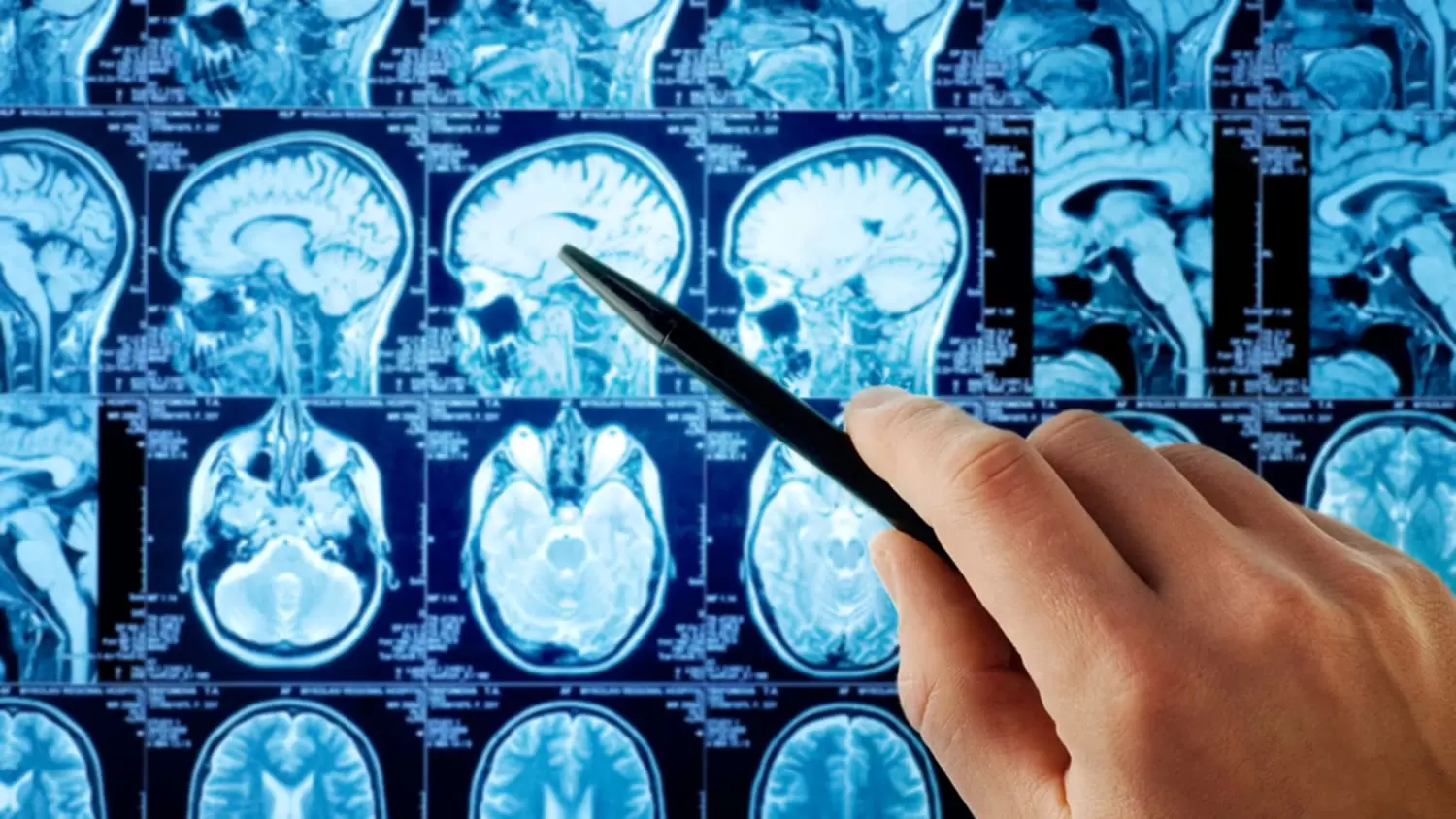
Deciphering Muscimol’s impact on brain chemistry unveils a fascinating interplay between this psychoactive compound and the intricate network of neurotransmitters in the brain. Unlike Psilocybin, which primarily targets serotonin receptors, Muscimol’s primary interaction occurs with GABA receptors.
By binding to these receptors, Muscimol exerts an inhibitory effect on nerve transmission, leading to a calming influence on the nervous system. This unique mechanism of action sets Muscimol apart from other psychedelic substances, offering users a more tranquil and introspective journey into altered states of consciousness.
Furthermore, while Psilocybin is often associated with profound emotional experiences, Muscimol’s impact on brain chemistry tends to induce a more subdued psychedelic effect. By modulating GABA receptors, Muscimol promotes relaxation and reduces neuronal excitability, resulting in a tranquil and introspective state of mind. Understanding Muscimol’s interaction with brain chemistry provides valuable insights into its psychoactive effects and highlights the diverse nature of psychedelic experiences offered by different compounds.
Exploring the Therapeutic Potential of Muscimol
Exploring the therapeutic potential of Muscimol opens up intriguing possibilities for addressing various health conditions. While the recreational use of Muscimol for its hallucinogenic effects is often the focus of discussions, emerging research suggests promising applications in mental health treatment. Muscimol’s interaction with GABA receptors in the brain offers a unique opportunity to modulate neurotransmitter activity, potentially alleviating symptoms of anxiety disorders and certain types of epilepsy.
Moreover, its calming effect on the nervous system makes it an attractive candidate for stress reduction and relaxation therapies, providing individuals with a natural alternative to traditional pharmacological interventions. Further exploration into Muscimol’s therapeutic properties holds promise for unlocking novel treatment modalities and enhancing overall well-being.
Contrasting Amanita Muscaria with Psilocybin Mushrooms
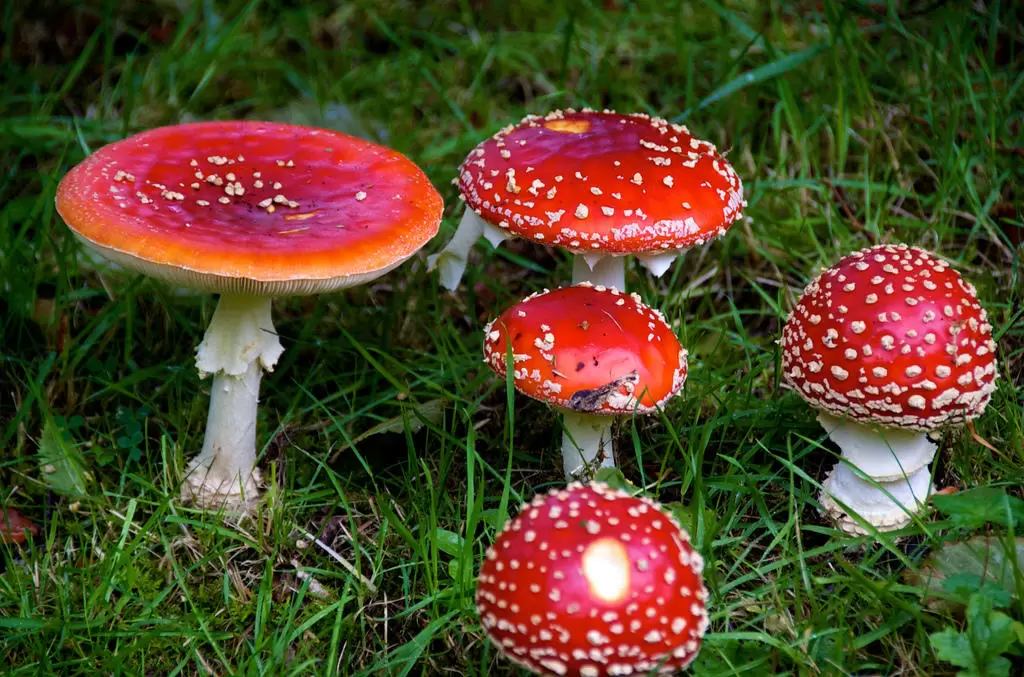
Contrasting Amanita Muscaria with Psilocybin Mushrooms unveils a fascinating juxtaposition between two distinct pathways to altered states of consciousness. While Psilocybin mushrooms, often revered as “magic mushrooms,” contain the psychoactive compounds psilocybin and psilocin, Amanita Muscaria mushrooms offer a unique experience with the presence of Muscimol and ibotenic acid.
Psilocybin mushrooms are renowned for inducing vibrant hallucinations, intense emotional journeys, and profound insights into the nature of reality. In contrast, Amanita Muscaria mushrooms provide a more sedative experience, characterized by relaxation, introspection, and altered sensory perceptions. Understanding these differences is essential for individuals seeking specific outcomes from their psychedelic journeys, as they offer diverse pathways to explore consciousness and expand one’s understanding of the mind.
Furthermore, the botanical, chemical, and psychoactive differences between Amanita Muscaria and Psilocybin mushrooms contribute to distinct experiences for users. While Psilocybin mushrooms belong to the genus Psilocybe and contain serotonin-targeting compounds, Amanita Muscaria mushrooms belong to the genus Psychedelic Amanita Muscaria Mushroom and interact primarily with GABA receptors in the brain.
This fundamental distinction in pharmacology leads to variations in the subjective effects, duration, and intensity of the psychedelic experience. Whether one seeks profound insights, emotional healing, or simply relaxation, understanding the differences between these two types of mushrooms empowers individuals to navigate their psychedelic journeys with intention and awareness.
Understanding the Metabolism of Muscimol
Understanding the metabolism of Muscimol is essential for individuals seeking to manage their psychedelic experiences effectively. muscimol-vs-psilocybin, which is metabolized relatively quickly in the body, Muscimol can remain detectable for a more extended period. Factors such as metabolism, age, and the type of Muscimol-containing products consumed influence its duration in the body.
This extended presence of Muscimol underscores the importance of proper dosage and timing to ensure a safe and controlled psychedelic experience. Additionally, knowledge of Muscimol’s metabolism enables individuals to plan their journeys more effectively, taking into account factors such as duration of effects and potential interactions with other substances.
Recognizing Toxic Amanita Species
Recognizing toxic Psychedelic Amanita Muscaria Mushroomspecies is crucial for anyone interested in foraging for wild mushrooms, especially those seeking psychedelic experiences. Among the most dangerous Amanita species is Amanita phalloides, commonly known as the “Death Cap.” This deadly mushroom contains potent toxins that can lead to severe liver and kidney damage, and even death, with just a small amount.
Symptoms of poisoning from Amanita phalloides include nausea, vomiting, and abdominal pain, often appearing hours after ingestion. Another toxic strain to be wary of is Amanita virosa, also known as the “Destroying Angel.” Similar to the Death Cap, it contains toxins that can cause organ failure and death if ingested. These toxic Amanita species lack the psychoactive compounds found in psychedelic Amanita Muscaria, emphasizing the importance of proper mushroom identification to avoid potentially life-threatening consequences.
Conclusion
The comparison between Muscimol and Psilocybin sheds light on the diverse nature of psychedelic experiences offered by different compounds. While Psilocybin mushrooms are renowned for inducing vibrant hallucinations and emotional journeys, Amanita Muscaria mushrooms containing Muscimol offer a more tranquil and introspective experience. Understanding these differences is paramount for individuals seeking transformative experiences while minimizing risks. By exploring the effects, legality, and potential benefits of Muscimol and Psilocybin, individuals can make informed decisions regarding their psychedelic journeys, ensuring both safety and meaningful exploration of consciousness.
Furthermore, this comparison underscores the importance of continued research and education surrounding psychedelic substances. As society’s perception of psychedelics evolves, it becomes increasingly vital to foster a nuanced understanding of these compounds and their effects. By promoting responsible use, advocating for harm reduction practices, and encouraging scientific inquiry into their therapeutic potential, we can harness the profound benefits of psychedelics while mitigating potential risks. Ultimately, the journey into the realm of psychedelics is one of curiosity, self-discovery, and profound insight, and by embracing knowledge and understanding, we can navigate this terrain with clarity and purpose.

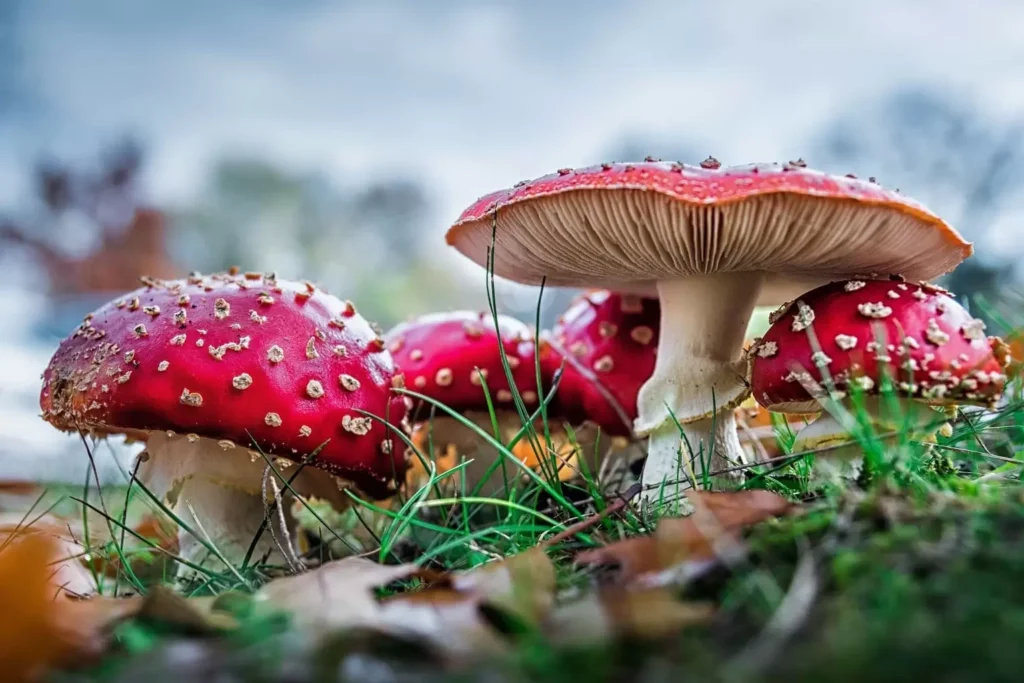
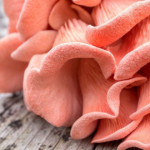
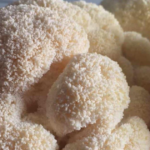
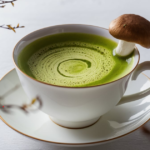


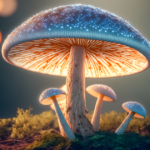
1 thought on “Psychedelic Amanita Muscaria Mushroom”